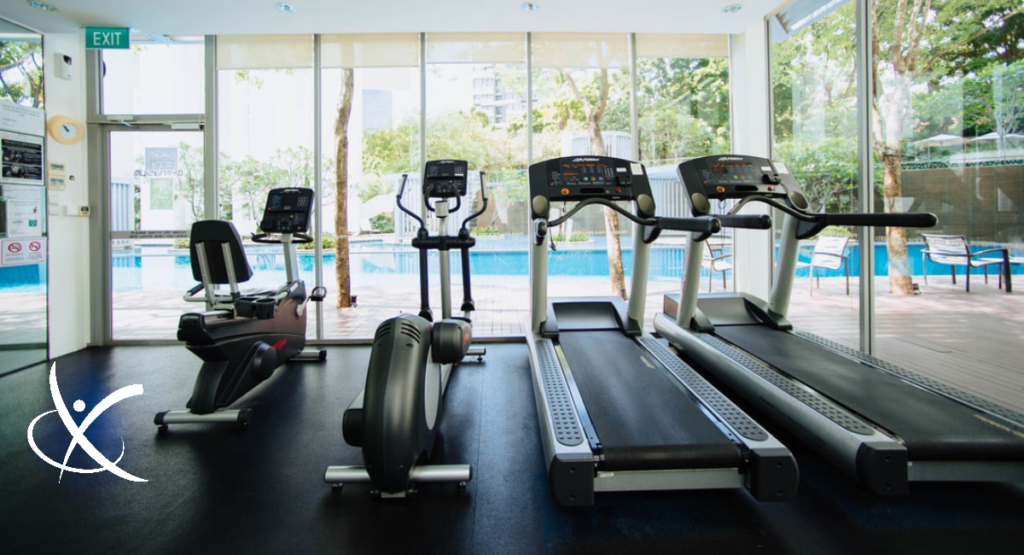Choosing the Right Cardio Equipment in the Gym
Comparing the bike, elliptical and treadmill.
Ultimately what we’ll be looking at for this post is the weight-bearing and impact properties of each mode of cardio.
Weight-bearing exercise is an activity where your body has to counter the effects of gravity. For cardio, it is easiest to think of it as when you are standing and pushing through your legs. This is important because weight-bearing exercise deals with the “Ground Reaction Force” or GRF. This is the equal force that pushes back into your feet and ultimately up into the bones. It can be extremely beneficial for improving bone health, and we have posted about the positive effects before. However, it can also be detrimental if your body requires a certain amount of rest and recovery that would be compromised by excessive force through the bones and joints.
Impact by definition is where one object comes forcibly into contact with another object. In terms of exercise, and our three forms of cardio more specifically, this looks at how forceful the feet are coming into contact with a pedal, a platform, or the treadmill. The higher the impact, the more stress placed on the musculoskeletal system. Sometimes high stress is desired, and other times it is not. Practically, we categorize them as low impact, moderate impact, and high impact.
There are typically two forms of bicycles at the gym: the recumbent bicycle and the upright bicycle. When used appropriately, the bikes are non-weight-bearing modes of exercise with low impact. Getting up out of the saddle will change this slightly, but let’s keep it at a consistent usage. I love using the bike myself because of the low impact properties. You can still achieve an incredible workout and cardio session without the pounding on the bones or joints. Because of this, it can be a great recovery tool mid-season or after an injury. Or if you simply feel your body has had a lot of stress and still want to workout while minimizing certain costs on the body.
The elliptical, and all of its variations, are weight-bearing and generally low impact. Again there are different elliptical machines, and some even allow you to use your arms for support. So you are still standing upright against gravity, but you can use your arms to support yourself a bit. And when used properly, they are relatively low-impact in nature. As such, it can be a great intermediary step for someone recovering from injury, or if you still want to give your body a bit of a rest during some high volume weeks. You can target the muscles and long bones, but still minimize stress on the joints or other connective tissue.
Finally, we get to the treadmill which is also a full-weight-bearing exercise that can have a more moderate impact. Jogging and running will have more impact than walking. When walking, there is always one foot in touch with the ground, and half the time is spent in a double limb stance. So you can minimize the impact this way. However, once we start jogging/running, we no longer have a double-limb stance. Instead, this becomes a pattern of single-leg hops coupled with “float phases” in which both legs are in the air. This is how the impact increases, and can get up to 8x your bodyweight depending on the specifics.
When looking at the intensity variable of these modes of cardio, the treadmill offers the most stress in terms of strict body-weight and bones, however, do not confuse this with being a “better” mode, or as giving a “better” workout. They can all be used to achieve the same result if the goal is cardiovascular or cardiorespiratory exercise. Different days may call for different goals, or injuries and training schedules can also call for changes to the exercise plan. Regardless, it is always good to know what you are getting yourself into and this breakdown may help clear things up a bit.
Happy Training!
